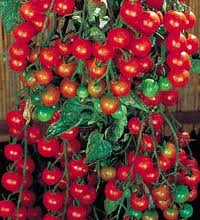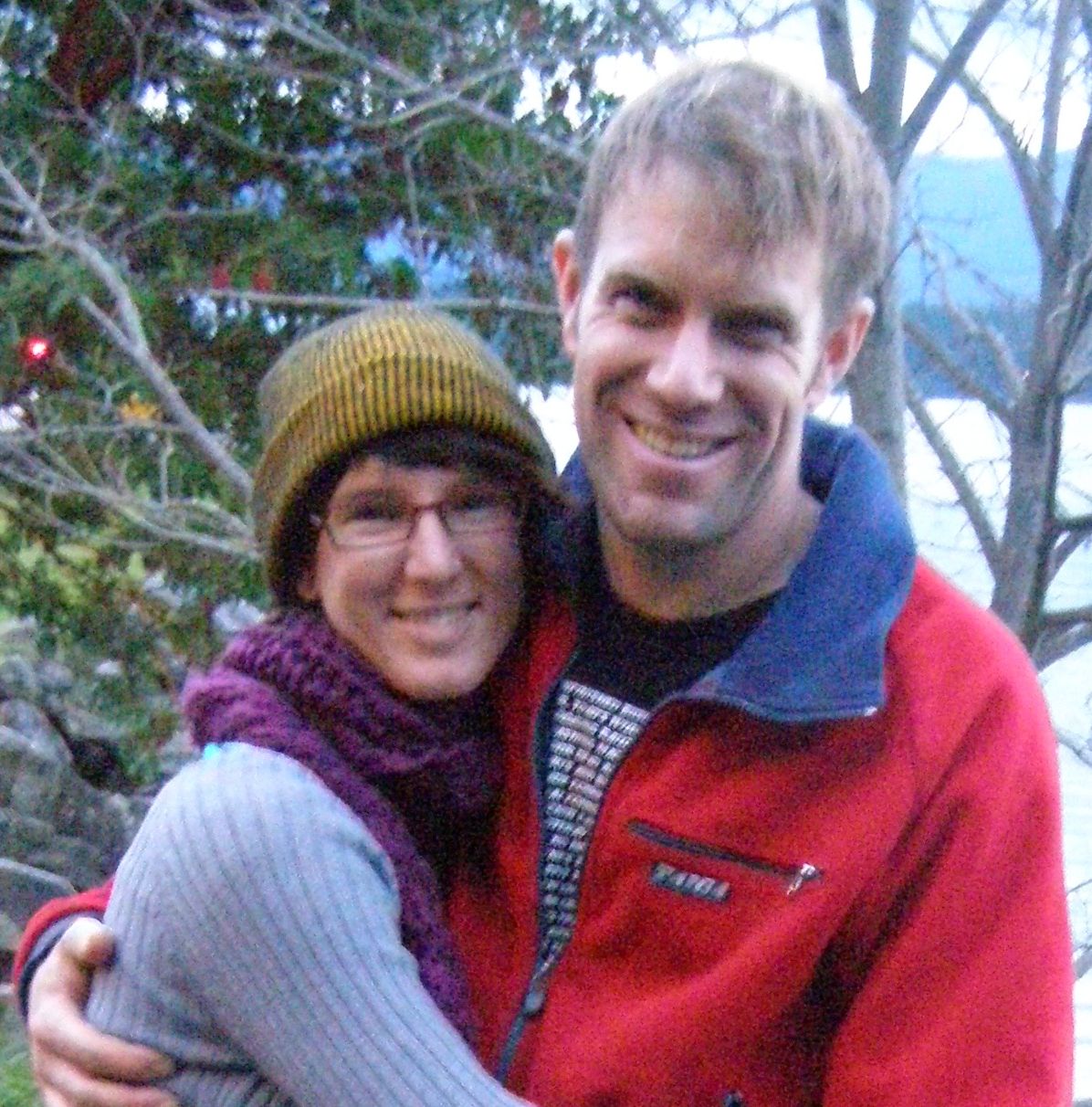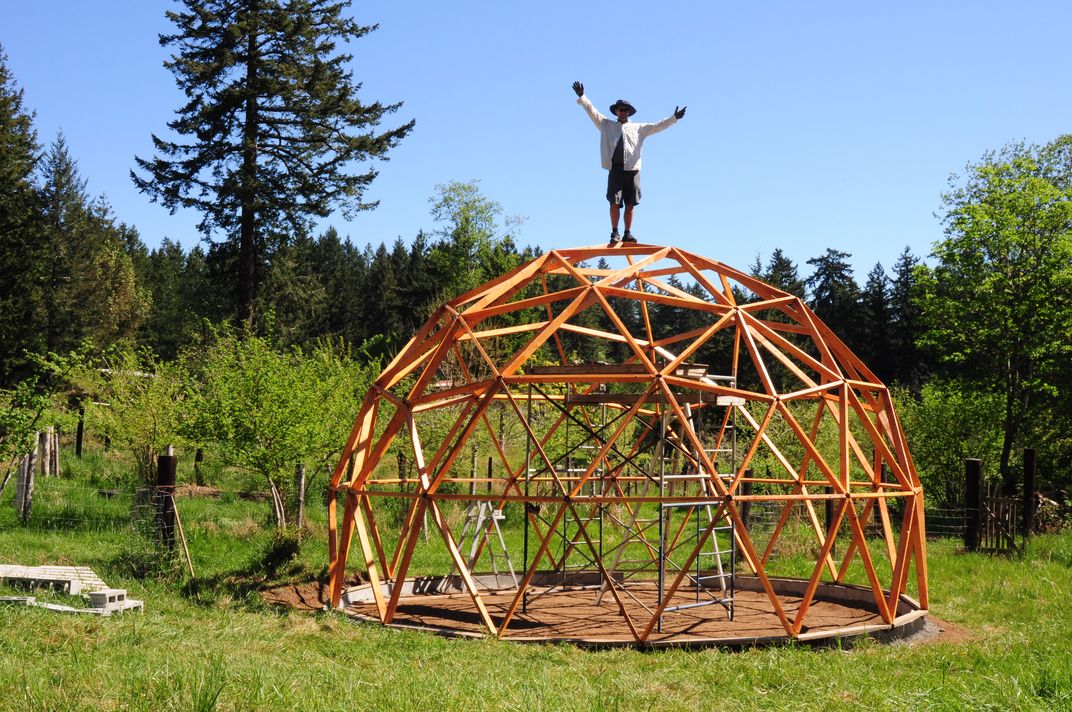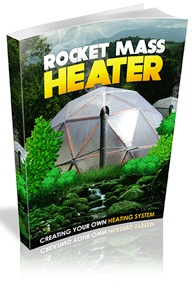Geodesic Greenhouse FAQ
Some commonly asked questions about building a greenhouse dome, food security and other geodesic things.
Why a geodesic dome and not a frame type greenhouse?
I suggest a geo dome for several reasons:
Number 1: The dome shape is is the most efficient use of space and (to some more importantly) its very beautiful. Because a geodesic greenhouse dome gives the absolute maximum volume of space while using the very least amount of materials it is amazingly energy efficient AND cost effective space.
Number 2. Domes handle snow and wind loads better than any other shape of building. They are incredibly strong, self supporting and withstand earthquakes too! Think about radar domes down in the snow and ice of antarctica for a dome in a harsh climate.
Number 3. Domes of all sorts, but especially ones designed for growing have a very even heat cycle throughout the day and night. Nice slow changes of temperature and no odd corners for chills and drafts to develop, it all adds up to happy plants.
Can I really grow food in my geodesic dome greenhouse all year long?
Absolutely 100% Yes! Dome greenhouses have two main seasons: warm and cool. During the warm summer months you will be growing: cucumbers, pepper, tomatoes, zucchini, squash, etc.
Then during the cooler winter months you plant and harvest hardier, cool weather crops like: leeks, lettuce, peas, spinach, kale, swiss chard, brassicas (cabbage, cauliflower, brussel sprouts) and herbs. If the temperature does go down near freezing, you may notice that growth slows and but as soon as it warms up with solar or other heat, growth picks right back up. These unique features are specific to greenhouse domes and allow you garden any time you like and produce fresh vegetables, fruits, and flowers every day of of the year!
Why should your greenhouse dome kit have a water tank in the back?
The water/fish tank is the heart of the dome. In cooler weather it soaks up the heat of the sun during the day and then releases it at night. Then when the weather is hotter in the summer the water tank acts as cooling, helping your dome to not overheat. You can use your tank as a water garden growing aquatic plants, or for growing fish (which makes a great source or organic fertilizer too).
How much food can I grow in a year in my Dome?
Everyone will be different, but in my experience most people end up with more food than they can eat at home and end up trading, giving or selling some. If you have a reasonable grasp of basic gardening and decent soil fertility, the figure that most people use is 2.5 pounds of finished food per square foot per year (this can be increased exponentially by using growing tubes and multi tier beds).
Based on the minimum calculation, a 350 sf (22ft diameter) dome will produce over 800 pounds of food per year. Considering the average north American consumes about 200 pounds of vegetables per year you can size appropriately.
Will my geodesic greenhouse dome ever freeze?
Maybe, possibly, potentially, it depends, probably not. Your dome might possibly go below freezing during extended, severe cold weather with low sun exposure. However by adding a small chicken coop with 6 hens you will probably never go below freezing (gives a whole new meaning to the idea of a “hot chick”!).
In the worst case scenario where you have had a few hours at or below freezing, plants will continue to grow, especially if you are planting with the seasons. Read the chapter in Kacper’s book on the amazing space age insulating, transparent material that scatters sun so plant don’t get “leggy” while keeping your dome toasty warm.
Is all this greenhouse dome stuff going to be a lot of work?
Most people find growing and harvesting their own food to not be work at all. More like Zen meditation with amazing food at the end. However if you are only doing it for the end result, then you might find that your main “work” is harvesting all of your wonderful produce, deciding what amazing meals to create and finding enough people to share it with!
Generally most greenhouse gardeners find that they invest around 4 hours per week in their dome. And as many happy “domer” will tell you, it’s not a chore! Because the geodesic greenhouse is such a rejuvenating, peaceful and relaxing place to be they actually save money, on therapy! The main “problem” most people find is staying away from it!
Remember the automatic non-motorized vents mean you never have to worry about overheating, while the solar water tank / fish pond means you never have to worry about turning on the heat if you are away for a day or so.
Do I need a building permit?
In many jurisdictions a growing dome is regarded as a temporary structure, as it does not have a foundation and can be easily disassembled. That is another advantage, if you do ever need to move you can take your dome with you! Be sure to double check with your local departments, officials, homeowners associations, etc. because its best to find out about permitting before you build a gaint dome.
Does my greenhouse dome need a concrete foundation?
No, because your dome is so light and self supporting it can sit on a gravel foundation. You will need to anchor it to the ground, which can be done in a number of easy and inexpensive ways.
What about pests and diseases in my garden?
Every greenhouse is different. And generally because the plants are getting ideal growing conditions they are in the best shape to fight off disease and pests. However because its a good place for plants it can also become a nice home for insects as well.
Use beneficial predatory insects and organic methods of biological pest control and good care and feeding of your dome garden and you should have no major problems. In the end keeping on top of things is the best weapon!
Happy greenhouse growing!














